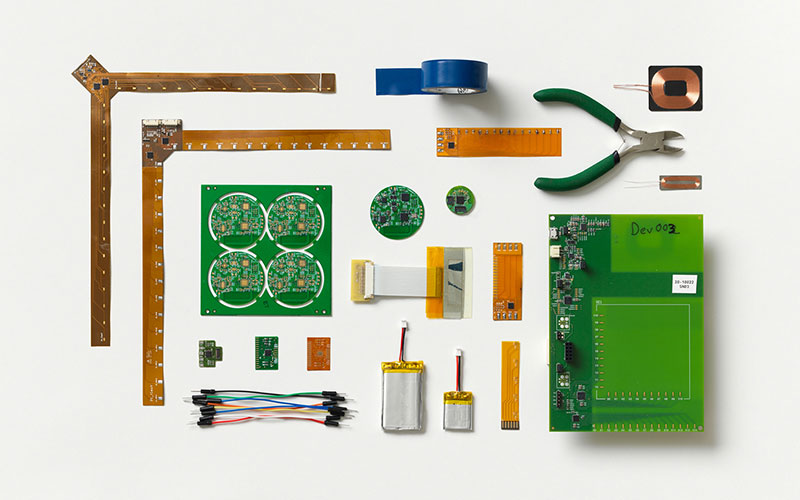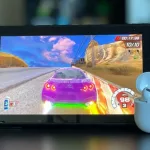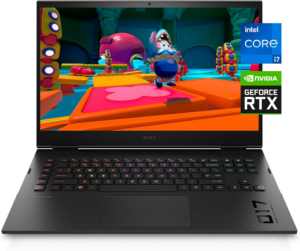There were computers, then laptops, then mobiles, and then? Wearables. It’s the natural conclusion of a story in which technology has developed and grown to become the single largest industry in the world. Wearable tech is pitched as being the culmination of all of the advancements previous products have offered: data collection and analysis happening 24/7 in order to try and bring ever more fresh insights into our personal lives and habits. It is likely we interact with tech products hundreds of times a day and with the explosion of next-gen wearables on the market, this looks set to keep growing.
What’s New to Tech Wearables in 2017?
There are three main areas in which we are seeing the most advancements in wearable technology, and where we will be taking an in-depth look at what 2017 has brought.
The most seasoned of the wearables market, smartwatches, continue to command a strong following. The biggest change we have started to witness is that tech companies are merging with more traditional brands to produce modern designs that bring the best of both worlds.
Smart fabrics are starting to be picked up by many companies looking for ways to incorporate them into their products. The developments are in their infancy and the possibilities not yet fully explored, but the future is bright.
Virtual reality continues to have a grip on peoples imagination, and more and more companies are beginning to invest big bucks in releasing new VR equipment. It looks like the time is finally here for the most immersive form of new tech.
Smartwatches – Coming of Age
There were a couple of big releases in 2017 which heralded a change in the smartwatch game. Android Wear 2.0 squared up to Apple, while the number of fitness-focused watches multiplied in huge numbers. A big move has been the emergence of traditional luxury brands pairing up with tech companies to create their own branded smartwatches. Movado linked up with both Tommy Hilfiger and Hugo Boss to create customized pieces, while Swarovski released their own AndroidWear-compatible women’s hybrid piece. TAG Heuer took design inspiration from their traditional range of models but added a huge number of exciting features to create the Connected Modular 45 – our bet for the best hybrid watch of the year.
The Ascent of Smart Fabrics
It’s one of the hottest topics around and posed to be the next big step in personal technology, but how smart fabric will strike its purpose is still up for debate. Ideas include helping to read important data regarding your physical health, or it could inform you of external events, such as the weather or calendar events, to help inform your clothing choices. One of the most exciting collaborations we know of this year is between Levi’s and Google, whose Project Jacquard (not yet released but scheduled for autumn) aims to bring the interactivity of touch and gesture into fabrics, and turn them into hyper-functioning surfaces. Beyond these big names, there are numerous smaller projects in the works, all of which are looking to push the boundaries of where smart fabrics could take us.

Accessible VR Experiences
Just as recently as last year when we wrote about the state of VR, there was a sense that the technology on offer was not yet accessible enough for everyone, and therefore could not make a leap in popularity. Since then we have seen a marked move in companies to develop mobile VR sets. Although a less high quality picture can be created than with tethered sets, it has meant that VR is now much more easily attainable. The Google Daydream and Samsung Gear sets are perfect examples: native to the phone and requiring no gamepad or controllers to operate, these sets are affordable and easy to use. Perhaps this really is the beginning of the big VR movement.
Looking Forward – to What?
Overall it looks as though the trend for wearables is set to keep on growing. The lessons of the past have been learned: products need to be available for a wide public market, with affordable prices, and with a clearly defined use. Smartwatches especially seem to be looking to traditional watch face designs merged with smart features in order to appease audiences, while VR headsets are equally pragmatic in settling for smartphone functionality. The future of smart fabrics is truly unknown at this point: the ideas that are emerging are just the first steps. For us, that makes it the most exciting avenue in wearables future; watch this space.
















